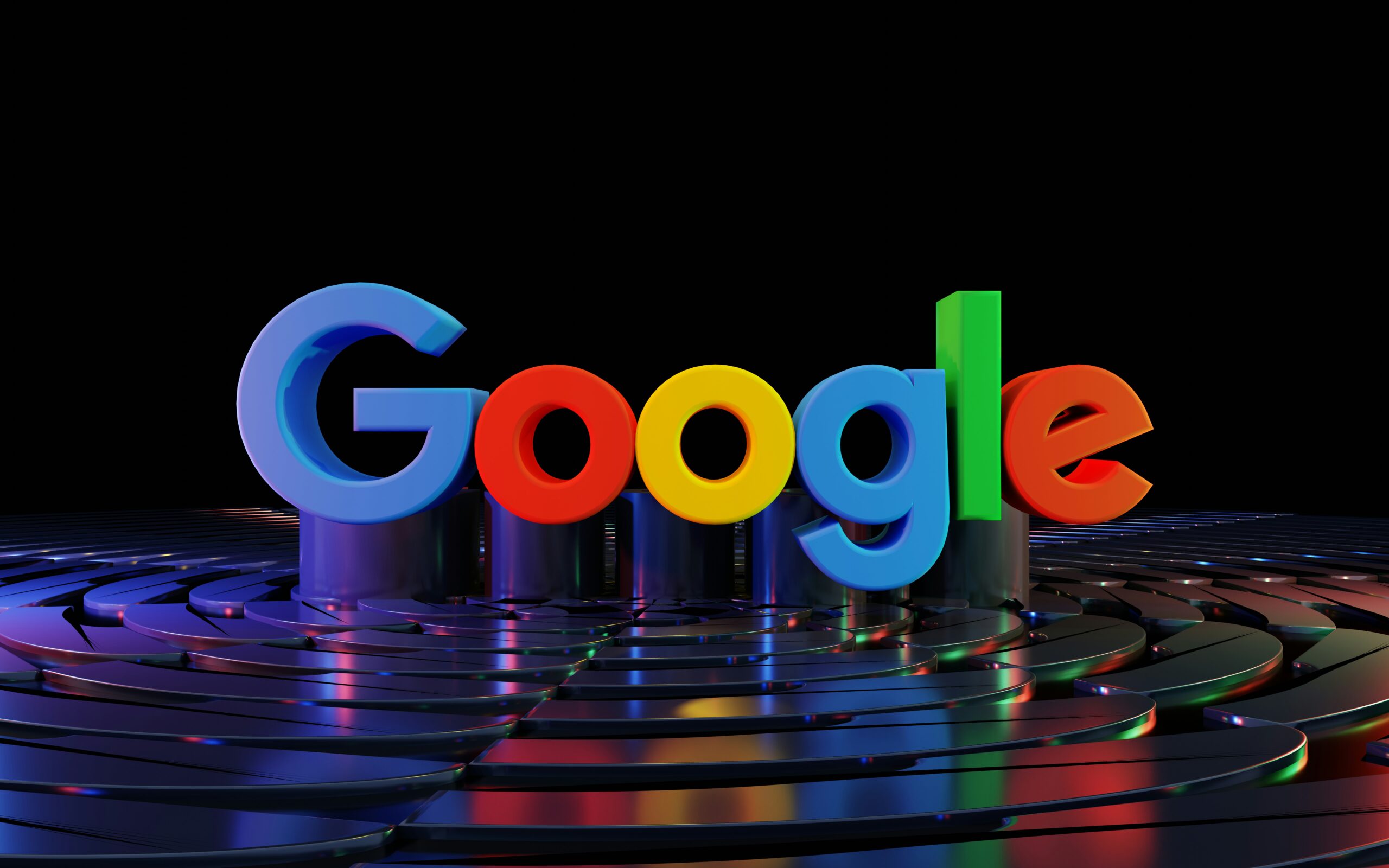For more than two decades, Google has remained the dominant force in search even as rivals, regulatory challenges, and new technologies have emerged. Today, the company faces perhaps its most transformative shift yet: the rise of AI-powered assistants and generative search experiences.
Many predicted that tools like ChatGPT would draw users away from Google, replacing traditional search with natural-language conversations. But Google has responded quickly and decisively. Its rollout of AI Overviews, automated summaries that appear above standard search results, has already reached more than 2 billion users per month, according to The Wall Street Journal. Google is also testing a premium AI Mode that offers more interactive, chatbot-style responses within Search.
These changes reflect a larger trend: users are engaging with search differently. They’re asking more complex questions, expecting immediate and synthesized answers, and seeking utility beyond ten blue links. Google is meeting them there. In doing so, Google is presenting advertisers with new opportunities challenges.
Google Search Keeps Growing Despite Disruption
The shift toward AI-generated results hasn’t hurt Google’s bottom line. In fact, it’s helped. According to Alphabet’s Q2 2025 earnings, the company brought in $54.2 billion in search revenue, up 12% year-over-year. Ad impressions tied to AI Overviews have jumped by 49% in the past year, per Google.
Why is Google thriving while AI competitors multiply? Several reasons stand out:
- Ecosystem strength: Google Search is embedded across products like Android, Chrome, YouTube, and Maps. That reach makes it hard for new entrants to replicate its scale or influence.
- Ad infrastructure: Google Ads offers unmatched targeting, analytics, and conversion tools that advertisers depend on.
- Capital investment: Alphabet is investing heavily in AI, with plans to spend up to $85 billion on data centers, infrastructure, and model development this year alone.
It’s also worth noting that Google has navigated past disruptions successfully, such as the rise of mobile. AI is simply the next evolution, and Google is adapting.
But New Competitors Are Gaining Ground
That doesn’t mean Google is untouchable. Startups like Perplexity and OpenAI are building AI-native alternatives to search. Perplexity, which presents citations alongside AI summaries, has gained traction with early adopters. OpenAI, meanwhile, is developing a web-integrated assistant and exploring advertising to monetize its growing user base.
The AI experience these challengers offer feels fresh and focused. There’s less clutter, more direct answers, and a conversational flow that some users prefer. Over time, they could siphon off a meaningful share of search behavior, especially if they continue to improve reliability, context, and transparency.
Still, turning usage into revenue takes time. Google’s dominance in the advertising supply chain, from demand-side platforms to measurement, remains a powerful moat.
What Advertisers Should Do Now
Even though Google Search continues to deliver value, the rules of the game are shifting. AI-generated results, changing user behavior, and new platforms mean marketers need to rethink how they show up in search.
Here’s how to stay ahead:
Optimize for AI-Generated Results
Traditional SEO is evolving. To appear in AI Overviews and other generative results, your content needs to be well-structured, factually reliable, and context-rich. Prioritize schema markup, FAQ-style formats, and authoritative sourcing. The more your content can answer multi-step queries clearly, the more likely it is to be featured.
Monitor Branded Search Behavior More Closely
Google now attributes branded search activity (when a user searches your brand name after seeing an ad) as a direct conversion metric. That’s a significant change from earlier models that treated this as a soft signal. Make sure your reporting reflects this shift, and optimize campaigns to drive follow-up queries.
Revisit Your Attribution Models for Multi-Step AI Journeys
As AI Overviews guide users through longer, non-linear discovery paths, last-click attribution becomes less reliable. Update your measurement strategies to reflect this. Data-driven attribution models can capture the cumulative impact of AI-powered interactions and better reflect how users move from discovery to decision.
Adapt Your Creative for Zero-Click Environments
When AI Overviews and chat assistants summarize answers up front, users may convert without ever clicking. That makes your ad copy and metadata even more important. Focus on clear, compelling headlines, tight value propositions, and copy that influences impression-based behavior, not just CTR.
Invest in Your Own Content Ecosystem
With generative AI summarizing and remixing content, your owned content must do more than rank. It must convince. Update your product pages, videos, and blog posts with clear value propositions and distinctive messaging. Think about how your content will appear when paraphrased or synthesized by AI.
Test Performance Across AI-Native Platforms
Keep an eye on early ad offerings from Perplexity and OpenAI. While these platforms may not deliver the scale of Google yet, they could help you reach younger or more tech-savvy users experimenting with alternatives to traditional search. Pilot small tests to understand how your creative performs in AI-native environments.
Prepare for AI-Driven PPC Evolution
AI Overviews are already changing how users interact with ads. You may see fewer direct clicks from certain queries and more multi-step journeys. Adjust your targeting, bidding, and creative strategies to reflect how AI assistants guide users through discovery.
Stay Agile with Channel Strategy
Diversify where possible. Don’t bet everything on Google remaining static. Allocate budget toward platforms experimenting with conversational commerce, voice-based search, or multimodal interaction. This gives you a hedge against future behavioral shifts.
Watch the Model, Not Just the Interface
The interface of Google Search is changing, but what really matters is the model beneath it. That model is shifting from keyword retrieval to generative synthesis. And while Google remains in the lead, others are rapidly building viable alternatives.
Advertisers who adapt early by aligning content with AI models, measuring new behaviors, and testing across platforms will be better positioned for the next era of digital discovery.
At True Interactive, we’re tracking these changes closely and helping brands turn disruption into advantage. If you’re ready to rethink your search strategy, let’s talk.
Image source: BoliviaInteligente, Unsplash
